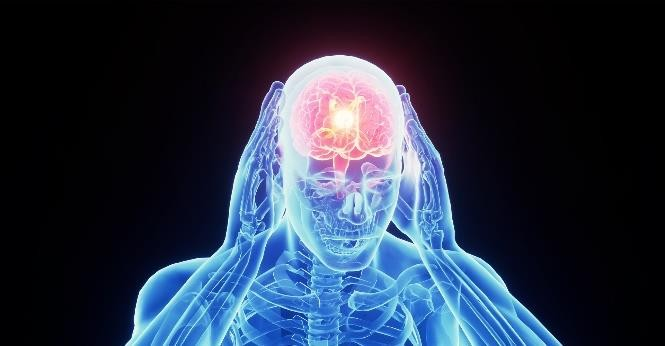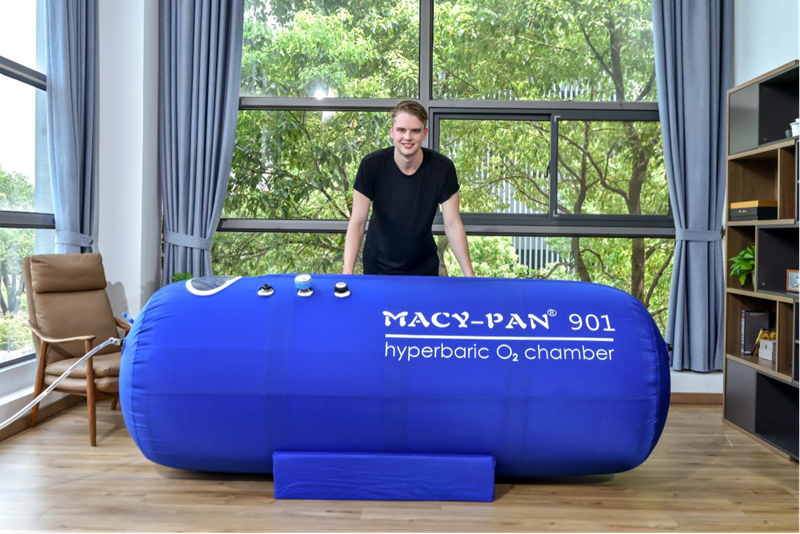Stroke, a devastating condition characterized by a sudden reduction of blood supply to brain tissue due to hemorrhagic or ischemic pathology, is the second leading cause of death worldwide and the third leading cause of disability. The two main subtypes of stroke are ischemic stroke (accounting for 68%) and hemorrhagic stroke (32%). Despite their contrasting pathophysiology in the initial stages, both ultimately lead to a reduction in blood supply and subsequent cerebral ischemia during the subacute and chronic phases.

Ischemic Stroke
Ischemic stroke (AIS) is marked by the sudden occlusion of a blood vessel, resulting in ischemic damage to the affected area. In the acute phase, this primary hypoxic environment triggers a cascade of excitotoxicity, oxidative stress, and activation of microglia, leading to widespread neuronal death. During the subacute phase, the release of cytokines, chemokines, and matrix metalloproteinases (MMPs) can contribute to neuroinflammation. Notably, elevated levels of MMPs increase the permeability of the blood-brain barrier (BBB), allowing leukocyte migration into the infarcted region, exacerbating inflammatory activity.

Current Treatments for Ischemic Stroke
The primary effective treatments for AIS include thrombolysis and thrombectomy. Intravenous thrombolysis can benefit patients within 4.5 hours, where early treatment translates into greater advantages. Compared to thrombolysis, mechanical thrombectomy has a wider treatment window. In addition, non-pharmacological, non-invasive therapies such as oxygen therapy, acupuncture, and electrical stimulation are gaining traction as adjunct treatments to conventional methods.
The Fundamentals of Hyperbaric Oxygen Therapy (HBOT)
At sea level pressure (1 ATA = 101.3 kPa), the air we breathe consists of approximately 21% oxygen. Under physiological conditions,the proportion of dissolved oxygen in plasma is minimal, only about 0.29 mL (0.3%) per 100 mL of blood. Under hyperbaric conditions, inhaling 100% oxygen increases the dissolved oxygen levels in plasma significantly—up to 3.26% at 1.5 ATA and 5.6% at 2.5 ATA. Therefore, HBOT aims to enhance this portion of dissolved oxygen, effectively increasing tissue oxygen concentration in ischemic regions. At higher pressures, oxygen diffuses more readily into hypoxic tissues, reaching longer diffusion distances compared to normal atmospheric pressure.
To date, HBOT has seen widespread application for both ischemic and hemorrhagic strokes. Studies indicate that HBOT confers neuroprotective effects through multiple complex molecular, biochemical, and hemodynamic mechanisms, including:
1. Increased arterial oxygen partial pressure, improving oxygen delivery to brain tissue.
2. Stabilization of the BBB, reducing brain edema.
3. Enhancement of cerebral microcirculation, improving brain metabolism and energy production while maintaining cellular ion homeostasis.
4. Regulation of cerebral blood flow to decrease intracranial pressure and mitigate brain swelling.
5. Attenuation of neuroinflammation post-stroke.
6. Suppression of apoptosis and necrosis following stroke.
7. Alleviation of oxidative stress and inhibition of reperfusion injury, critical in stroke pathophysiology.
8. Research suggests that HBOT can mitigate vasospasm following aneurysmal subarachnoid hemorrhage (SAH).
9. Evidence also supports the benefit of HBOT in promoting neurogenesis and angiogenesis.

Conclusion
Hyperbaric oxygen therapy presents a promising avenue for the treatment of stroke. As we continue to unravel the complexities of stroke recovery, further investigations will be essential to refine our understanding of the timing, dosage, and mechanisms of HBOT.
In summary, as we explore the benefits of hyperbaric oxygen therapy for stroke, it becomes clear that harnessing this treatment has the potential to revolutionize the way we manage ischemic strokes, delivering hope to those affected by this life-altering condition.
If you're interested in exploring hyperbaric oxygen therapy as a potential treatment for stroke recovery, we invite you to visit our website to learn more about our advanced hyperbaric oxygen chambers. With a range of models designed for both home and professional use, MACY-PAN offers solutions that deliver high-quality, targeted oxygen therapy to support your health and recovery journey.
Discover our products and how they can enhance your well-being at www.hbotmacypan.com.
Post time: Feb-18-2025

